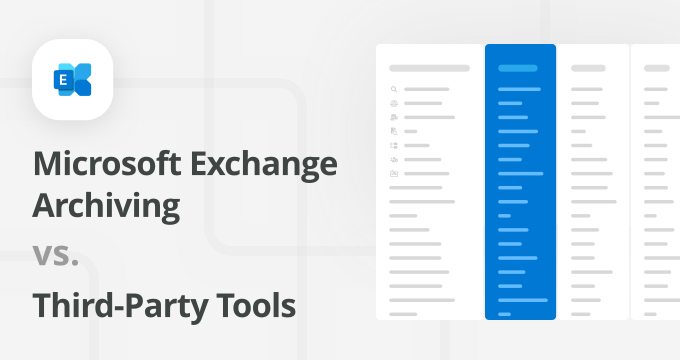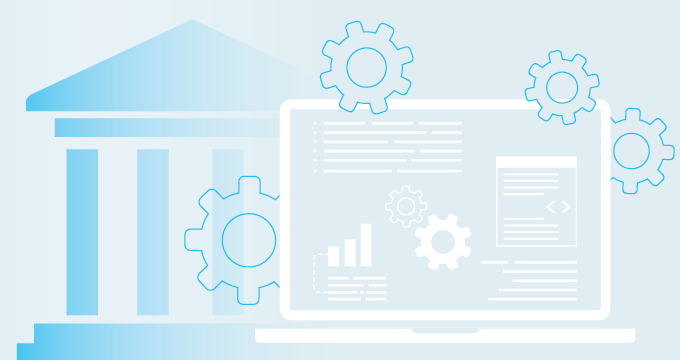When we archive email and other digital communication, we do it for various reasons ‒ to relieve mail servers and save storage space, to gain important insight about personnel or to increase productivity. Still, addressing regulatory compliance needs and improving eDiscovery response have remained the biggest reasons behind email archiving.
Imagine ingesting millions of emails into an email archive and using it without problems for a year or two. Then one day you get an eDiscovery request, but to your horror, just when you locate and retrieve the file that can save your business from litigation, you realize that the file cannot be opened. Data corruption happens over time, all the time. It occurs when a bit or a set of bits gets changed unintentionally due to bugs, EMI, poor electrical current distribution etc. To prevent this, you need an extra layer of protection. In email archiving, it comes in the form of ZFS.
What is ZFS?
ZFS is a file system and volume manager that’s used to direct and control the storage and retrieval of data in enterprise-class computer systems. Unlike other storage systems, ZFS is designed to unify the two roles, which allows it to have comprehensive knowledge of both physical disks and volumes. ZFS controls the entire storage system and ensures that data that is stored on disks can’t be lost due to physical error, bit rot and data corruption.
Why your email archiving solution needs it
Apart from integrating the concepts of file system and volume management, ZFS possesses other features which are indispensable in email archiving ‒ data integrity verification, support for high storage capacities, replication, deduplication (the removal of redundant copies of data), horizontal scalable expansion, self-healing auto bit rot recovery, compression, RAID-Z and unlimited file system snapshots for archive protection and backups. Let’s explore some of them in more detail:
Snapshots ‒ ZFS can take very large numbers of snapshots of the entire data system several times an hour, without degrading performance. These snapshots are unchangeable copies of the file system which are used to patch or update the system if something goes wrong. They also mitigate data loss in case of malicious activities or errors.
Data protection ‒ ZFS is designed for long-term data storage and it has an unparalleled ability to repair silent data corruption. This is vitally important for the proper preservation and reusability of sensitive, confidential information that makes up a big portion of your archived data. When ZFS reads data from disk, it checks it and is able to repair it by pulling a copy from the rest of the disk array. In other words, ZFS safeguards your important information and prevents corruption and loss of data by continuously checking its integrity. If it can’t be verified, data inconsistencies are repaired thanks to the self-healing ability that ZFS possesses.
Rebuilding of RAID Arrays ‒ ZFS combines disk and file knowledge to accelerate the disk rebuilding process.
To conclude, you won’t have an efficient and error-proof email archive unless your appliance isn’t safe from data corruption and unless it can guarantee genuine end-to-end data integrity. With ZFS software based RAID technology that all Jatheon’s appliances employ, you can rest assured that you’re using a state-of-the-art archiving solution and that your data is not only perfectly safe, but also perfectly retrievable.
To read more about what other features make a difference in the efficiency of your email archiving tool, read our blog posts on scalability and deduplication, single-instance storage and compression. For more info on server grade hardware, read this eBook, check out this white paper, or schedule your personal demo with Jatheon today.











